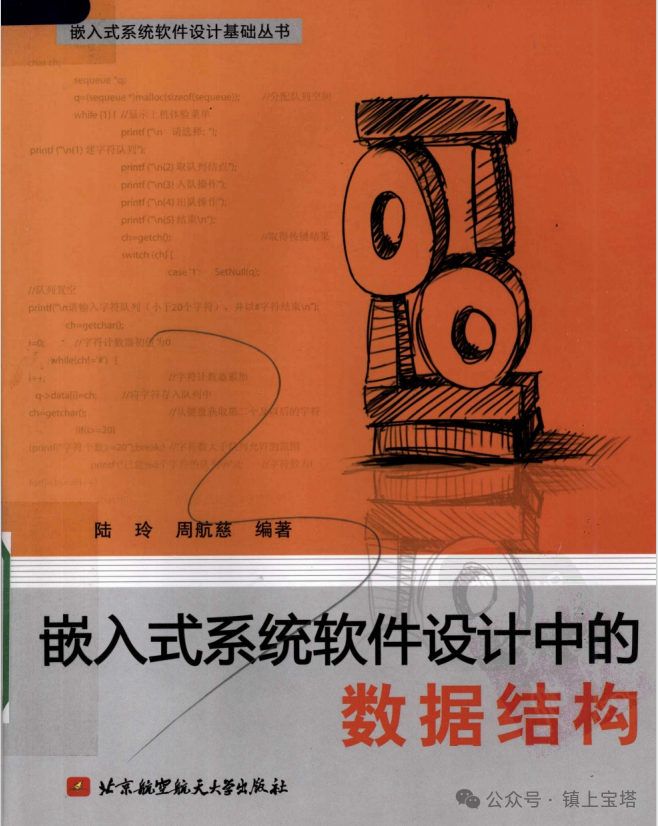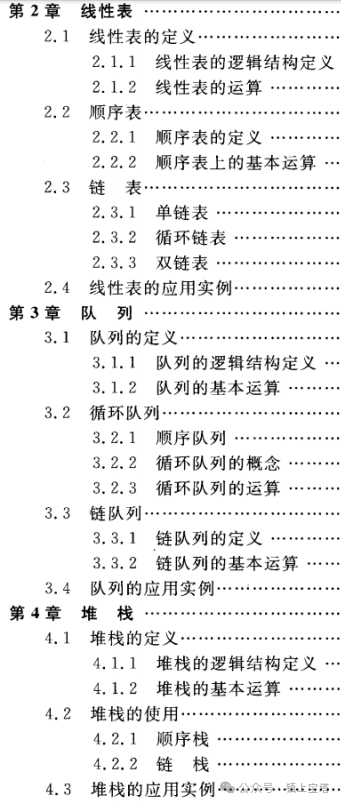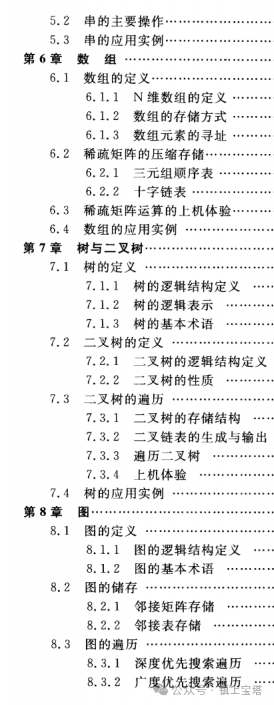Daily Book: Data Structures in Embedded System Software Design

The application of embedded systems is becoming increasingly widespread across various industries, and the number of personnel engaged in embedded system development in our country is also on the rise. This is evident from the growing number of articles related to embedded system applications in several major electronic magazines in China.
When developing an embedded system product, the main tasks involve two aspects of design: hardware design and software design. In terms of hardware design, various semiconductor companies are competing to launch high-performance, low-power, and low-cost CPUs and peripheral chips, which allows us to quickly obtain the most advanced chips during hardware design. In this context, the external conditions for hardware design are improving, and the integration level is increasing, leading to simplified circuits while achieving the same functionality. Regarding software design, although development tools and programming languages are continuously improving, the software quality of the technical personnel themselves undoubtedly plays a decisive role. Therefore, the level of software design holds significant importance in the development process of embedded system products, directly affecting the product’s functionality and competitiveness. Currently, the vast majority of technical personnel engaged in embedded system development in our country are not graduates of computer science; some may not have attended university and have not received systematic education in software foundational theories. As a result, their software design skills are still relatively low. During the software development process, they often unconsciously adopt some regular design methods or mimic others’ programming approaches, while many mature fundamental methods remain unmastered, leading to subpar software quality and limiting the functionality and reliability of the products.This book’s Chapter 1 introduces the basic concepts of data structures; Chapter 2 covers knowledge and applications of linear lists; Chapter 3 discusses queues; Chapter 4 covers stacks; Chapter 5 discusses strings; Chapter 6 covers arrays; Chapter 7 discusses trees; Chapter 8 covers graphs; Chapter 9 discusses sorting; and Chapter 10 covers searching. Throughout the writing process, our principle has been to combine examples from embedded system applications as much as possible, using a straightforward narrative style.

